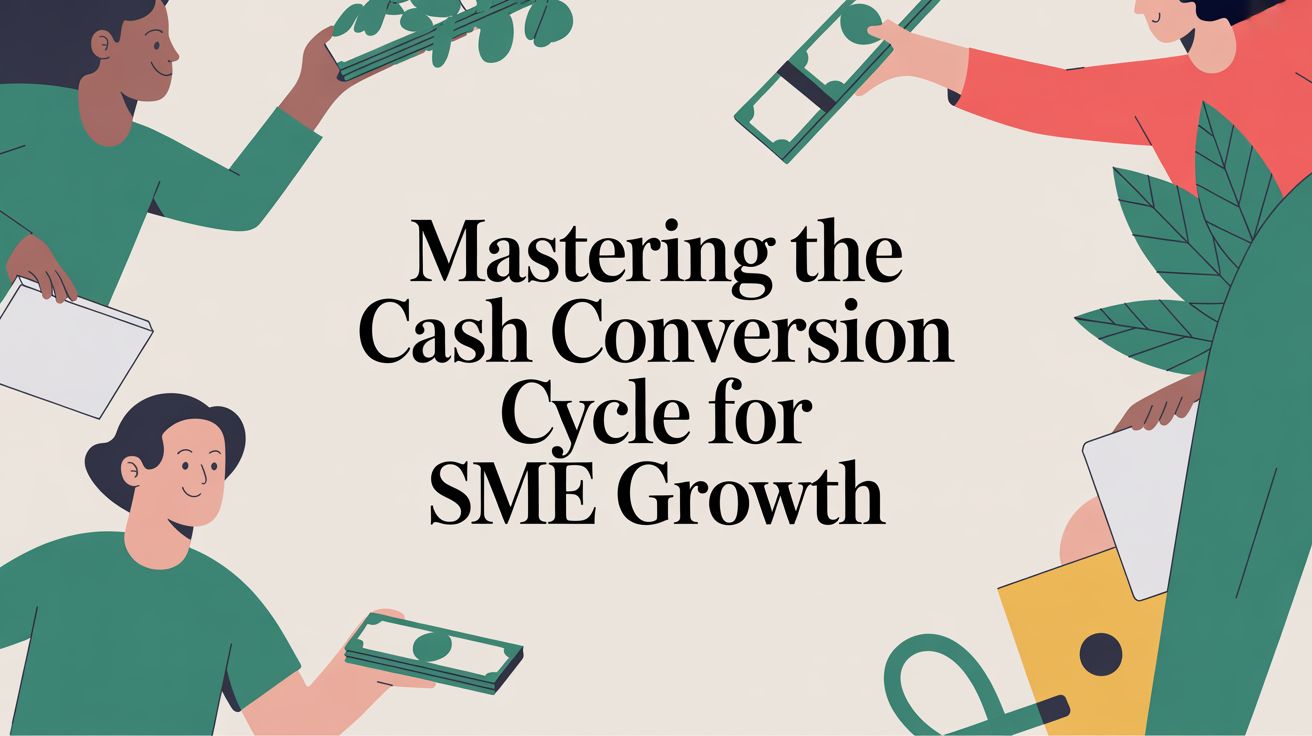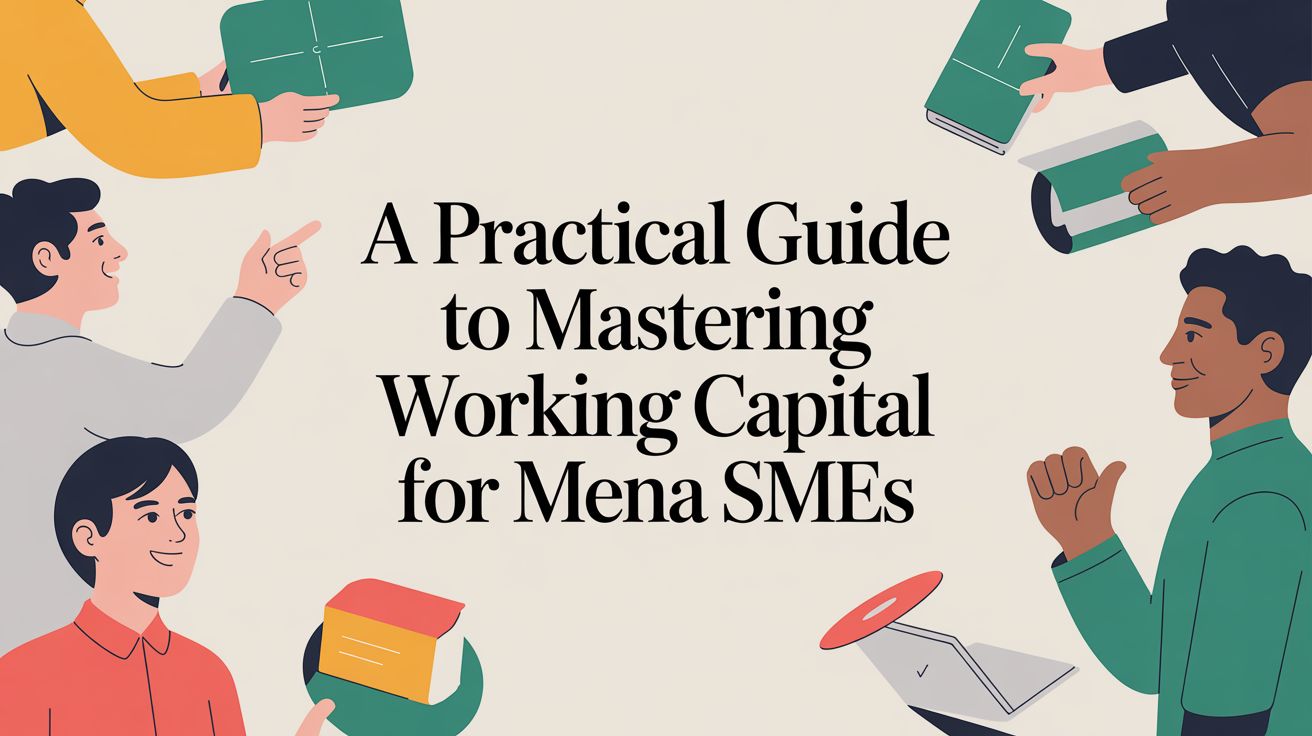Why are cash payment discounts harmful for UAE suppliers, even with day 1 deposits?

In the competitive landscape of B2B sales, the goal to boost sales and enhance profitability is crucial. It’s a common tactic for suppliers to resort to frequent discounting to attract customers. However, research indicates that relying solely on discounts may not always yield optimal results. In fact, studies show that excessive discounting can erode profit margins by up to 20%. Discover the drawbacks of continually offering discounts to B2B clients in the UAE and explore how providing B2B BNPL for B2B clients can boost sales.
Contents
Disadvantages of high discounts for pre-payments
Payment terms for clients as an alternative to discounts
Disadvantages of high discounts for pre-payments
Making Products Seem Less Valuable
In the manufacturing industry, constant discounts can inadvertently signal to clients that the regular prices of products are inflated.
For instance, let’s consider a machinery manufacturer that consistently offers a 10% discount on its industrial equipment. While this may initially attract buyers, it could lead them to question the true value of the machinery at its regular price.
If clients perceive that the products are always on sale, they may begin to doubt their quality and durability, causing them to be less inclined to make purchases at full price.
Cutting Into Profits
Offering discounts all the time can significantly impact a suppliers’ profits. For example, let’s examine a steel fabrication company that consistently provides a 15% discount to its clients for bulk orders.
While this may seem like a strategy to maintain customer loyalty, it can gradually erode the company’s profit margins. As clients become accustomed to discounted rates, they may resist paying the full price for products in the future, resulting in reduced profitability for the manufacturer.

Teaching Customers to Wait
Frequent discounts in the manufacturing industry can inadvertently train clients to delay their purchases until the next sale.
Consider a chemical supplier that regularly offers discounts on its raw materials. Clients who are aware of these recurring promotions may postpone placing orders until the next discount period, leading to fluctuations in the company’s sales revenue and production schedule.
This waiting behavior not only disrupts the supplier’s cash flow but also complicates inventory management and procurement planning.
Attracting the Wrong Customers
Constant discounts in the manufacturing sector may attract clients primarily interested in securing the lowest price, rather than those who prioritize quality and reliability.
For instance, let’s look at a plastic injection molding company that frequently offers discounts on its manufacturing services. While this may attract clients seeking cost savings, it could also draw in customers who prioritize price over product quality.
These bargain-focused clients may be less loyal and more likely to switch to competitors offering lower prices, leading to decreased customer retention and profitability for the manufacturer.
Getting Stuck in Price Wars
Competing solely on price in the manufacturing industry can lead to destructive price wars among rivals.
For example, let’s examine two metal fabrication companies vying for contracts by continuously undercutting each other’s prices. As one company lowers its prices to win bids, the other follows suit, resulting in a downward spiral of price cuts. This not only diminishes profit margins for both companies but also erases any perceived differentiation between them.
Ultimately, it becomes challenging for either company to maintain profitability or justify premium pricing in the long run.
Payment terms for clients as an alternative to discounts
Instead of relying on high discounts for pre-payments, businesses can leverage payment terms solutions.
Payment terms with Comfi allow customers to purchase goods and pay for them later, without incurring interest. Besides, you will forget about late payments: Comfi takes full responsibility for it.

BNPL offers several advantages over traditional discounting methods:
Increased Purchase Power
In the manufacturing industry, B2B Buy Now Pay Later (BNPL) solutions offer clients increased purchasing power by allowing them to increase their leverage and AOV,
Let’s consider a machinery supplier that implements BNPL options for its clients. Previously, a client might have been limited to purchasing one piece of equipment due to budget constraints. However, with BNPL, the client can now afford to buy multiple pieces of machinery, thereby increasing their order value.
For example, a client might initially plan to purchase one lathe machine for $10,000. With BNPL, they can now afford to purchase additional equipment, such as a milling machine or drill press, increasing their order value to $20,000 or more.
This not only benefits the client by expanding their capabilities but also boosts the supplier’s Average Order Value (AOV) without resorting to steep discounts.
Better Cash Flow
BNPL solutions also provide manufacturing businesses with enhanced cash flow by ensuring upfront payment from BNPL providers.
For instance, consider a steel fabrication company that offers BNPL payment options to its clients. Previously, the company might have had to wait weeks or months to receive payment from clients for large orders, resulting in cash flow constraints.
However, with BNPL, the company receives immediate payment from the BNPL provider upon order confirmation, improving its cash flow and reducing reliance on pre-payments or cash transactions. This enables the company to invest in new equipment, hire additional staff, or pursue expansion opportunities without being hindered by delayed payments.
Attracting New Customers
By offering BNPL as a payment option, manufacturing businesses can attract new customers who prefer flexible payment terms.
For example, let’s consider a chemical supplier that introduces BNPL options for its industrial clients. Some clients may have hesitated to make large orders due to budget constraints or cash flow concerns. However, with BNPL, these clients now have the flexibility to spread payments over time, making it easier for them to place larger orders.
As a result, the chemical supplier expands its customer base by attracting clients who value convenient payment options, driving sales growth and fostering long-term relationships.
Competitive Advantage
Embracing BNPL technology gives manufacturing businesses a competitive advantage by setting them apart from competitors still reliant on high discounts.
For instance, let’s look at two metal fabrication companies competing for contracts. Company A offers traditional payment terms with occasional discounts, while Company B embraces BNPL options for its clients. When clients compare the two companies, they are likely to be drawn to Company B for its forward-thinking approach and customer-focused payment solutions.
By differentiating itself in this way, Company B positions itself as a leader in the industry, gaining a competitive edge and attracting discerning clients who value flexibility and innovation.
Conclusion
It might seem like a good idea to have discounts all the time, but it can actually not be efficient. It makes your product or service seem less valuable and reduces how much money you actually make. Also, customers will just wait for sales before buying. If your brand is known for discounts, you’ll mostly attract people looking for cheap deals.
Try to offer instant credit terms with Comfi, so that you can increase your AOV by 40-80% and acquire at least 20-40% more new buyers monthly.




